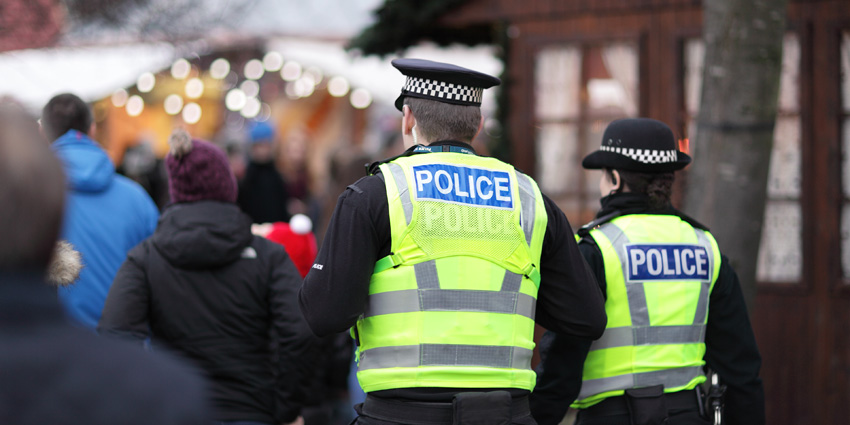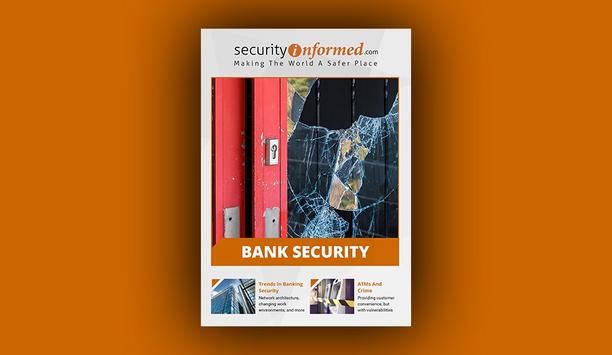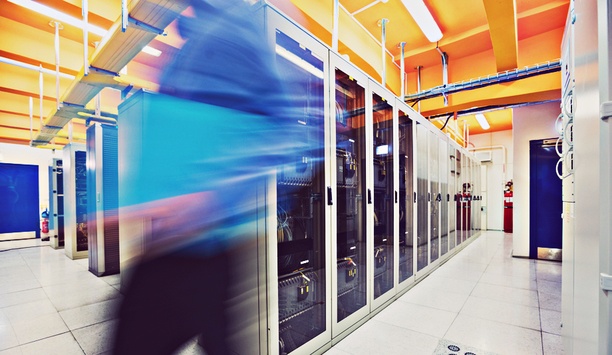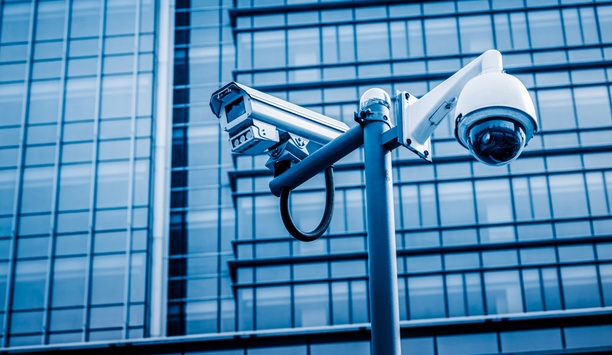Can you imagine what it would be like if you could only look at your CCTV cameras eight hours after an incident, when your security team finish their shift? That is what 99% of current body cameras offer. Most body cameras can only record video, which limits them to settling arguments after the fact – who said what first in an altercation with the police? What sparked an incident with the door security team at a nightclub?
This leads to a curious asymmetry of video and immediacy between members of the public and body camera users such as police officers. While they are dealing with an incident, dutifully recording their work, everyone around them is streaming live video and audio direct to services such as Facebook and Periscope.
Challenges Of Streaming Live Video
So why don’t most body cameras stream? Mostly because it is very challenging to move video reliably over cellular which may seem counter-intuitive to those regularly watching streaming services like Netflix on their daily commute. However, receiving video is much simpler than transmitting video – just try video conferencing on the move. When you view media-generated content, there are mature approaches to handling disparities in signal quality and therefore the bandwidth available.
These services buffer up video on your device; even a few seconds of buffering can smooth out delivery; and they move you seamlessly through one of up to a dozen different quality profiles. The use of content stores by the networks allows the video to be transmitted from servers likely to be geographically closer to you. Finally, networks are optimized to transmit large quantities of data to your smartphone – less focus is placed on large quantities of data being uploaded from the smartphone.
Travelling at high speeds, or switching between WiFi, 3G or 4G, can cause interruptions in the smooth delivery of video |
Despite all of this, watching Netflix or iPlayer on your phone can be an exercise in frustration. As one example, when your train pulls into a busy station you’ll see a “buffering” indicator. The smooth delivery of video has been interrupted by heavy congestion from other mobile users. Traveling at high speeds, or switching between WiFi, 3G or 4G, also causes interruptions in the stream.
Need For Real-time Video Transmission
Most body camera manufacturers, that are trying to stream, attempt to use these consumer technologies; but they don’t work very well in the field, which is not helpful when you need to see what is happening, right now, on the ground. Police command needs real-time, zero latency video – delays are unacceptable. The video must be of usable quality, even though officers wearing the cameras may be moving and experiencing signal fluctuations – most mobile video produces significant delays and signal breakups. Video and audio must always remain in sync so there’s no confusion about who said what. Therefore, special technology is required that copes with poor and varying bandwidths to allow a real-time view of the scene and support immediate decision making by local and remote team members and support teams moving to the scene.
The ability to see what is happening allows command to make informed decisions – what backup is required? Is the situation escalating or calming down? Do I need to make radio contact with the officer? Are other first responder teams required? Controllers may have only 90 seconds to make a decision about the resources to send to an incident. Live video can help them get it right the first time.
 |
| The video must be of usable quality, even though officers wearing the cameras may be moving and experiencing signal fluctuations |
Added Capabilities With Connected Devices
Once the body worn camera becomes a connected device then streaming video is not the only new capability. For example, the current location of every officer can be seen on a map. Or, our experiences integrating our facial recognition systems into body worn systems have shown us that there is tremendous operational benefit from allowing the officer or guard to initiate a recognition request from a simple camera button press – with the control team making a final assessment on whether to ask the officer to make an arrest if a match is made – for example if one of the people in view is breaching a restriction order.
Security is also critical to ensure that sensitive footage isn’t leaked or intercepted – compromising the privacy of the people involved. Balancing operational efficiency, sharing video with all relevant first responder agencies, and security is a very hard problem to solve requiring a competent application of industry-standard cryptography, role-based access control, and good procedures.
Evaluating The Right Technology
IHS Markit identified live video streaming as one of their top video surveillance trends for 2017 and more body camera vendors are promising to bring live streaming capability to market in response to growing demand from agencies and buyers. They’ll find these promises challenging to deliver unless they change their approach. So, how do you know whether you are proceeding along the right lines? I recommend that people trialing the technology and that of other vendors in the market ensure they address the following ten key questions in their evaluations:
- How well does the video perform in multiple locations across the area under control – not just conveniently near a cellular tower?
- How well does the video perform when the wearer is walking, running or in a moving vehicle?
- How well does the video perform inside buildings?
- What delay am I seeing in the video? If I am in radio contact with the wearer am I seeing what they are describing now or what they could see five seconds ago?
- What are the likely data running costs and can I control them to keep within plan limits?
- Can I get the video back out to teams in the field?
- Can I remotely retrieve segments of recorded video from the archive on the device? E.g. can I see what the wearer saw 30 minutes ago?
- What is the security architecture? How can I be sure that the video, audio and location data cannot be intercepted?
- Are their versions of the software available on smartphones for streaming and viewing – for ad-hoc users who don’t normally carry a body camera?
- Are there other capabilities available such as facial recognition from the device?
With these capabilities you’ll be in control, with access to live video and recorded evidence at any time. Without them, you’ll be in the dark and won’t see video until the camera returns to base – hours after other footage has already been spread on social media.























